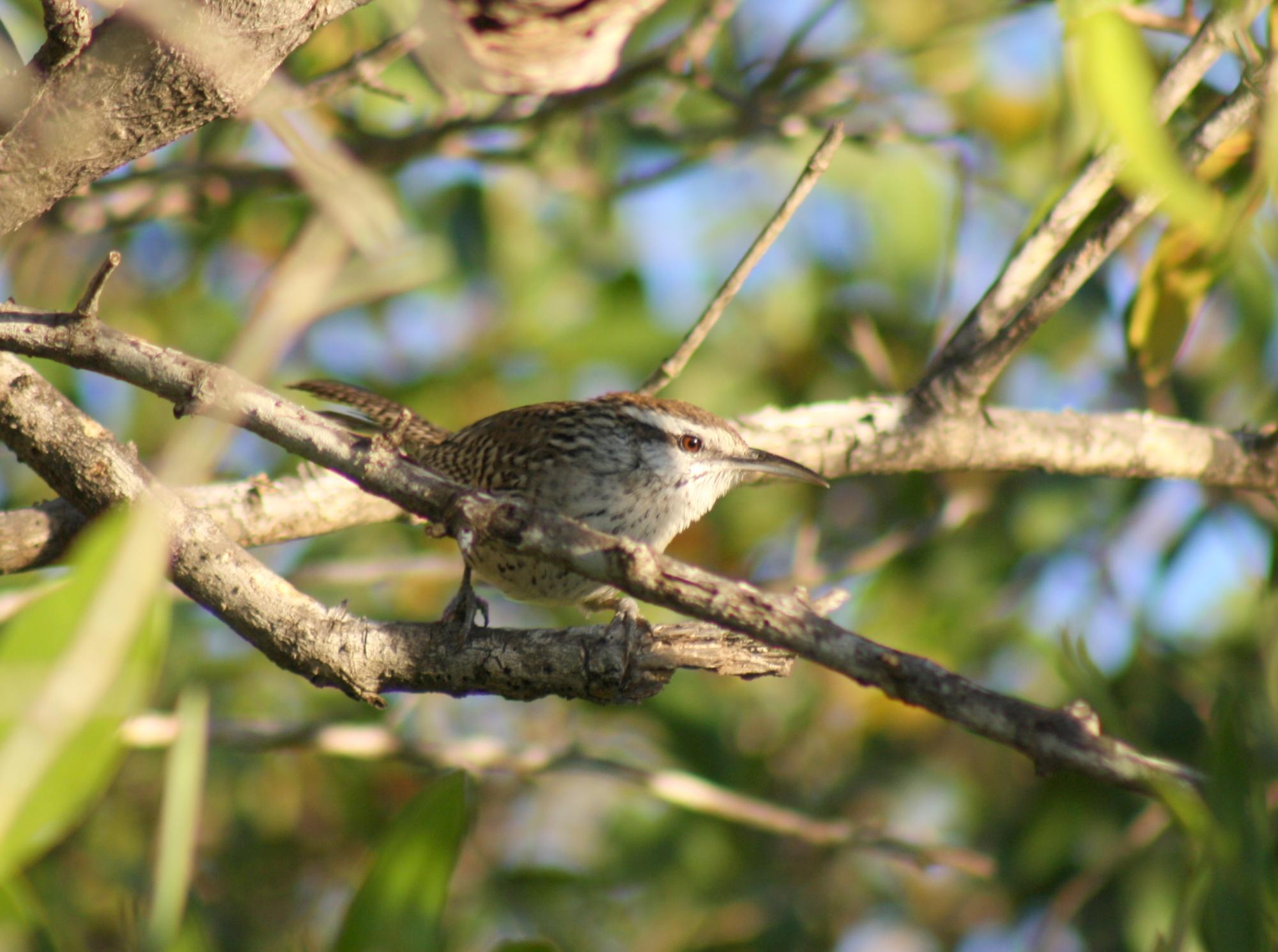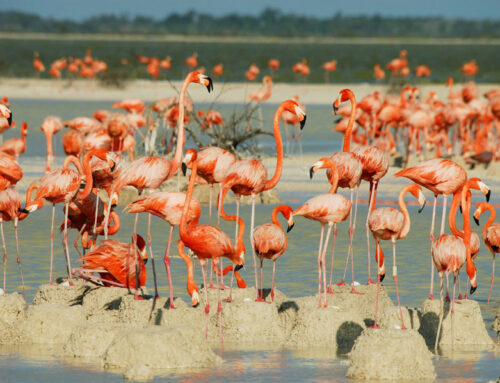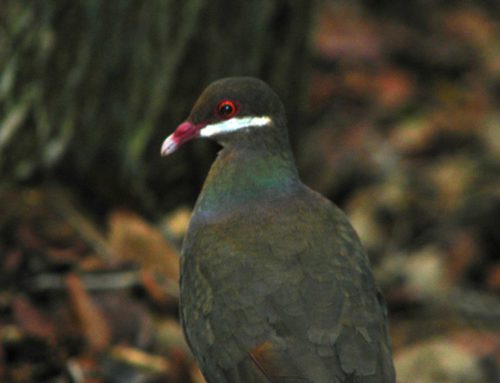Reproductive phenology and nesting success of the Yucatecan Dipper
ABSTRACT
The present study described the reproductive phenology and estimated the nesting success of the Yucatec crested coot (Campylorhynchus yucatanicus) in the Ría Celestún Biosphere Reserve in the state of Campeche. The search and monitoring of nests and the characterization of the nesting habitat was carried out during the reproductive period from May to September 2007. A total of 232 nests were found, of which 150 (64.7%) were located in coastal scrub and 82 (35.3%) in mangrove. Of the total nests, 110 (47%) were active with eggs or nestlings and the remaining 122 (53%) were abandoned during construction or destroyed by other individuals of the same species. The main cause of nest mortality was predation, being the failure factor for 59 (54%) of the 110 active nests, both at the egg and chick stages. The daily nest survival rate according to the Mayfield estimator was 0.98.
ABSTRACT
Nesting success was 46% (51 of the total number of active nests), with at least one chick leaving the nest. The incubation period averaged 16 ± 1.0 days and the brooding period averaged 16.5 ± 1.9 days. The average number of successfully fledged chicks was 2.5 ± 1.3. Parental care was performed by both parents, however, in two nests three adult individuals were observed feeding nestlings, thus there is evidence of cooperative brooding. Eleven tree species were used as substrate for nest construction, with Conocarpus erectus (buttonwood mangrove) being the most commonly used species. No association was found between nesting success with respect to canopy density, canopy cover and nest height. Nest entrance orientation had no significant influence on nesting success, as successful and depredated nests were randomly oriented. This study represents the first to present information on the reproductive biology of Campylorhynchus yucatanicus.
You can read the full article by clicking the button






